6 Smart Choices for Selecting an Area Rug
Area rugs come in a wide variety of styles, materials and price points. Whether preparing a luxury estate for sale or moving into a new starter home, matching the area rug’s design elements to the targeted persona, as well as the rug’s durability, care and maintenance, are the keys to making smart choices and avoiding costly mistakes.
Here’s a quick primer on the six most popular materials used for area rugs. Each includes a brief description of their strengths and weaknesses, along with ideas and strategies to help you put the right rug in any room you choose.
1 . Wool
Wool provides a soft, plush feel underfoot yet it holds up well in high traffic areas making it a popular choice among homeowners. Not all wool rugs, however, are created equal. New Zealand wool has long been recognized for its strong fibers. Karastan, a manufacturer of New Zealand wool carpets, is considered an industry leader, revered for both style and durability. Wool rugs stand up well to vacuuming and spot cleaning but can also withstand professional cleaning when necessary.
2. Silk
Seeking a luxurious option for the bedroom? Look no further. Silk is extremely soft to the touch and features an elegant sheen. It’s typically more expensive and delicate than wool. Because it’s less durable, silk is better suited to quiet, low-traffic areas.
3. Cotton
More affordable and casual than wool and silk, cotton rugs are available in a wide array of colors and patterns. Softer and less sturdy than wool, many of these carpets can be tossed in the washing machine and cleaned at home. They’re often the go-to selection for kitchens as they add a splash of color while requiring little maintenance.
4. Jute, Seagrass, and Sisal
Made of natural plant fibers, jute, seagrass, and sisal lend a casual, airy vibe to a room. They’re also environmentally friendly. Flatwoven, they’re not as soft underfoot as other materials but stand up well in busy areas of the home, making them a popular pick for entryways and family rooms. They’re also a great choice for those with allergies to wool. While they’re more durable than silk or wool, they shouldn’t be placed in high-moisture areas as they have a tendency to absorb humidity. Stains can prove challenging to remove.
5. Nylon
Synthetic fiber rugs made of nylon, olefin, polyester, and acrylic yarn attempt to mimic the look and durability of high-end wool rugs but are offered at a fraction of the cost. Because they’re available at a lower price point, they’re favored by homeowners who enjoy changing the look of a room frequently. While they’re not as plush to the touch as wool, they’re a natural fit in basements and children’s bedrooms as they’re easy to clean and generally stain resistant.
6. Polypropylene
Because this material is water resistant, it’s a popular pick for basements and areas like mudrooms or sun porches where indoor/outdoor carpets make the most sense. They’re also virtually fade and stain resistant. Easy to clean, they’re an obvious choice beneath a dining room table where spills may occur on a regular basis.


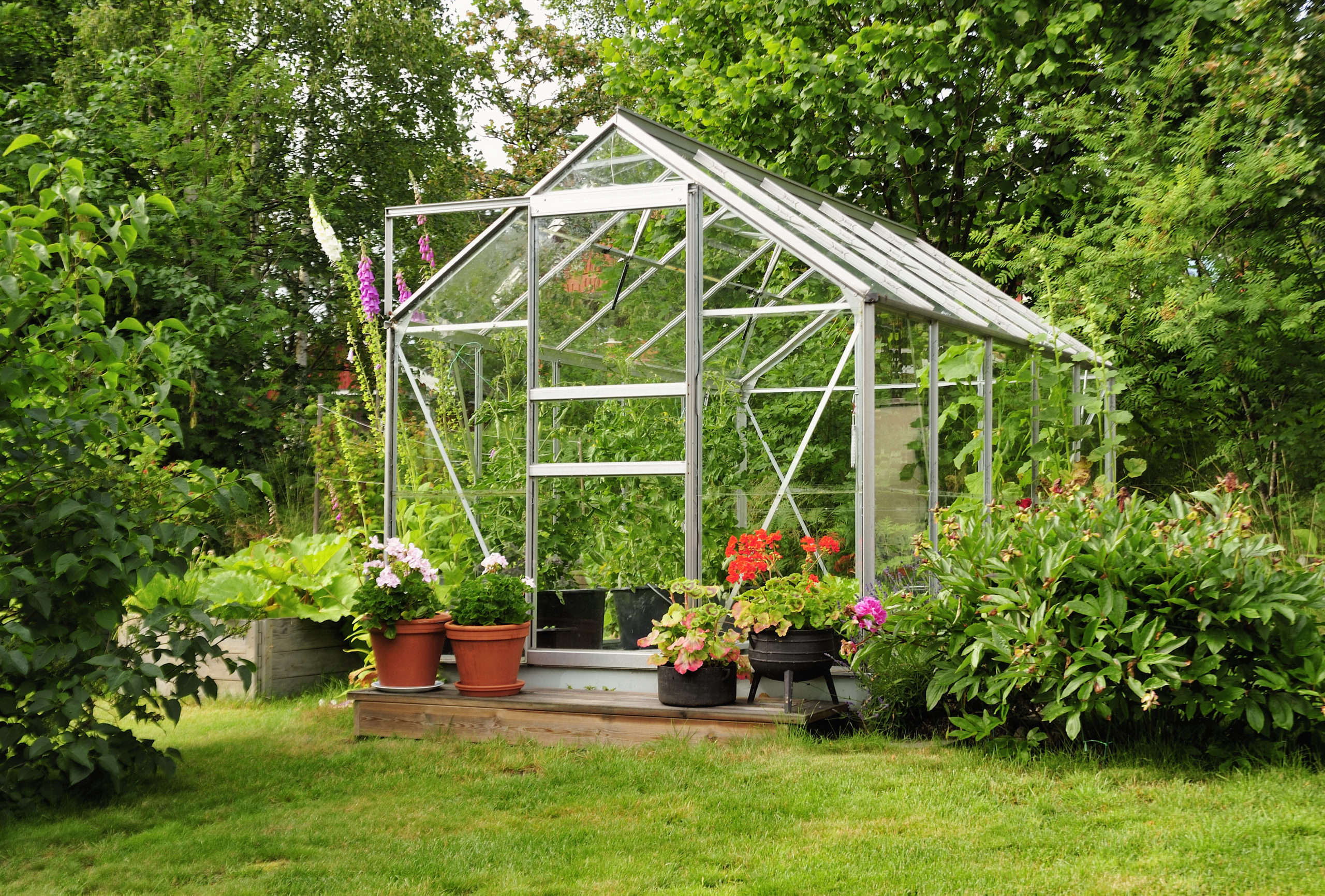

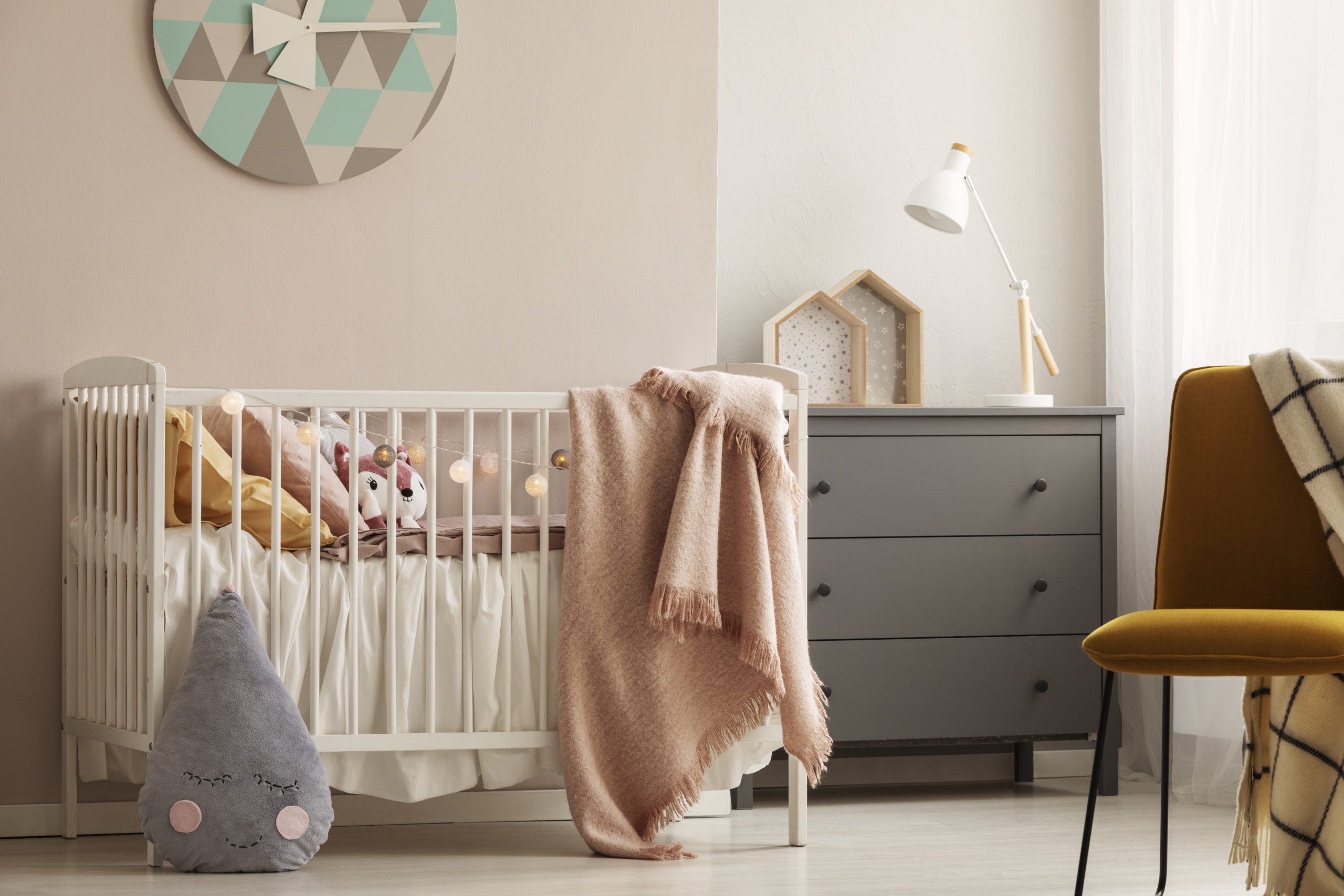
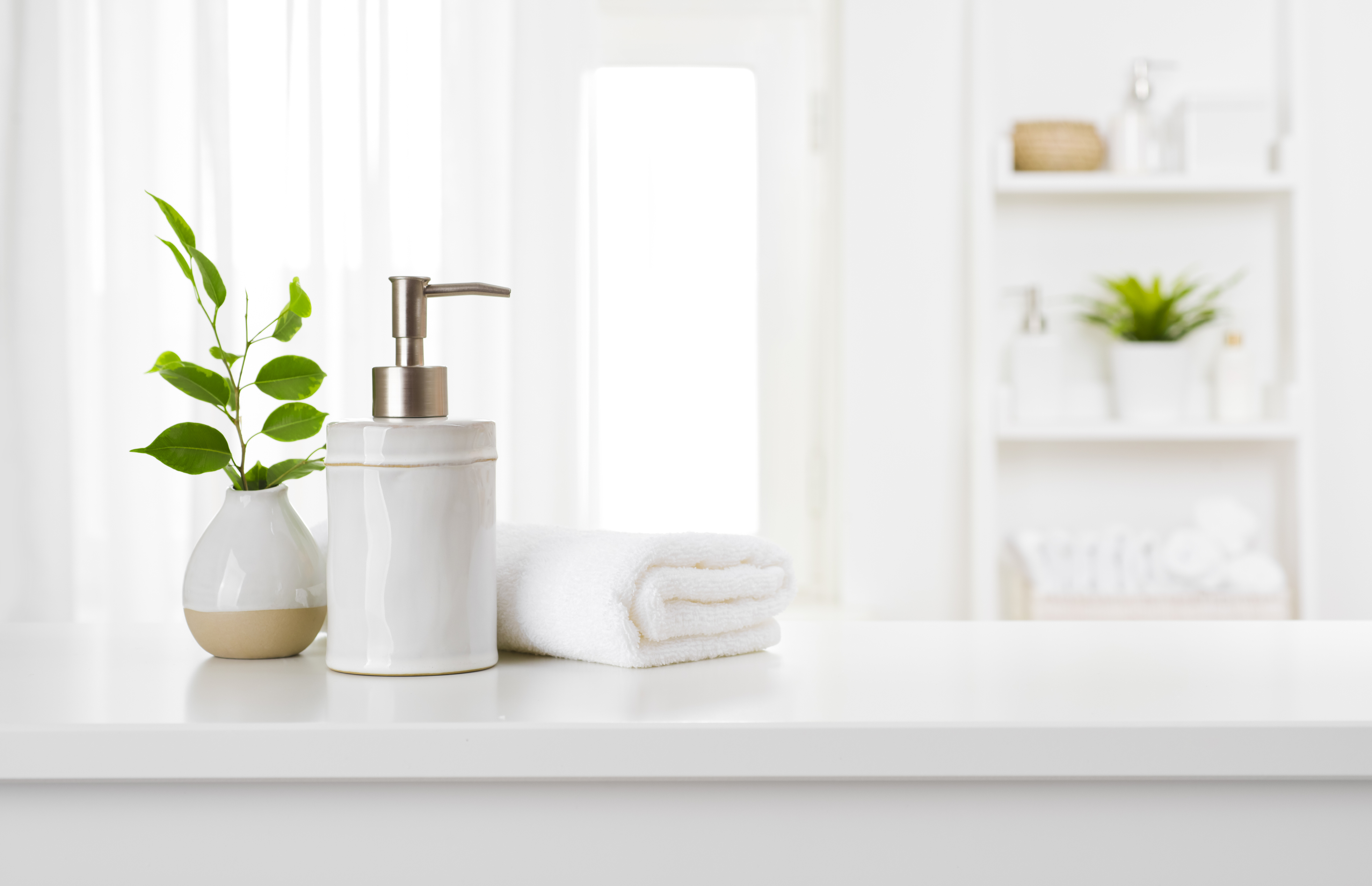
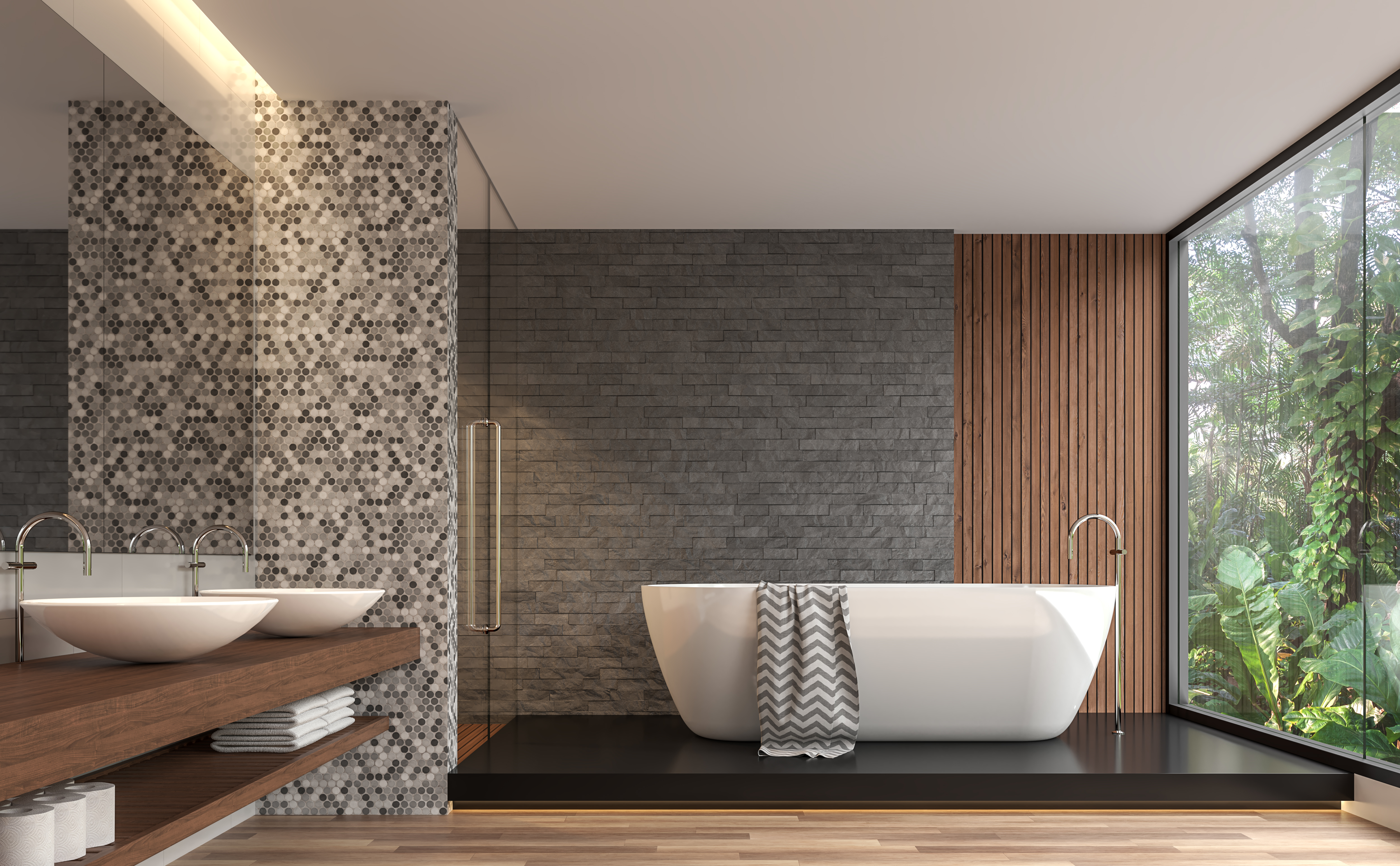
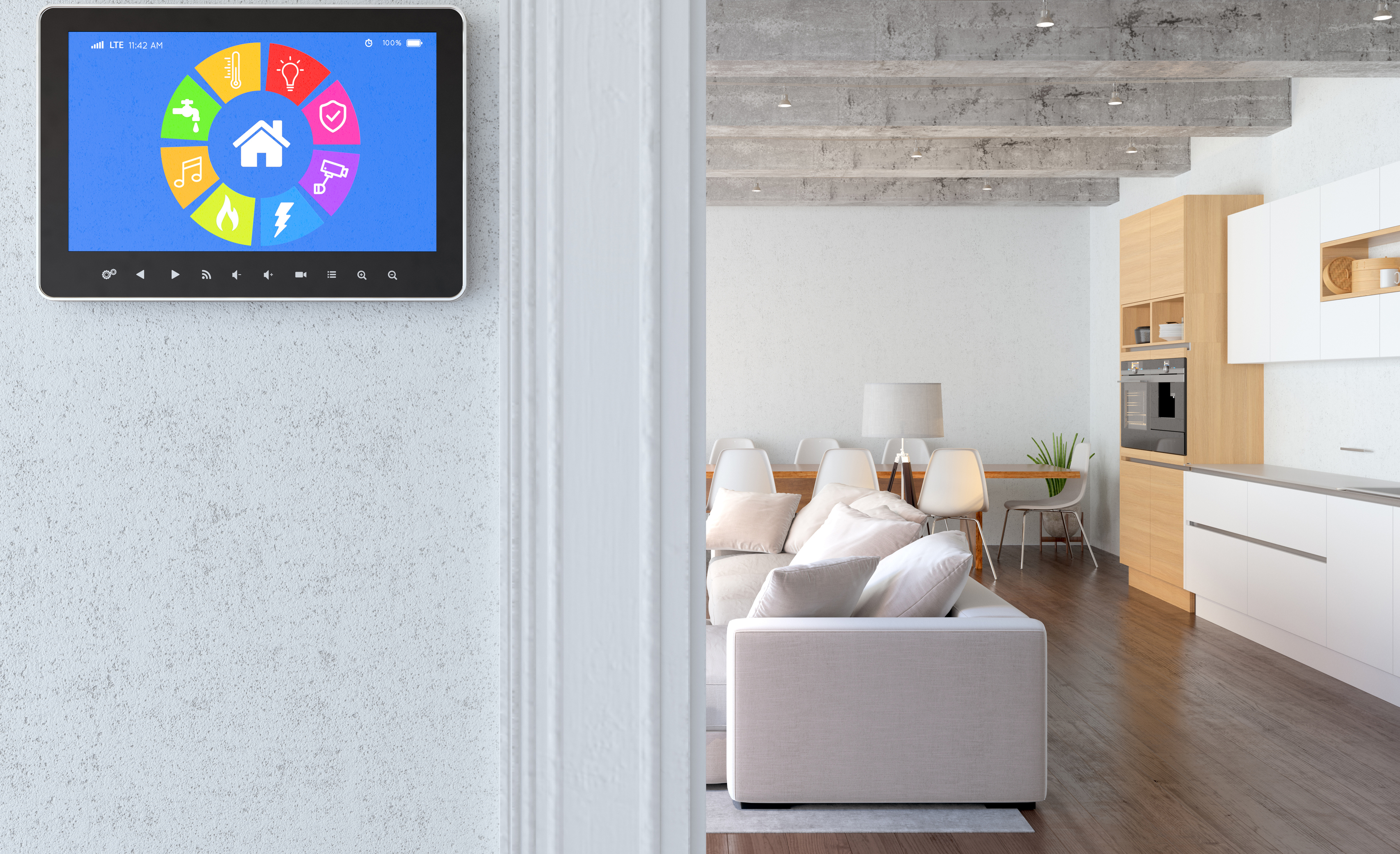
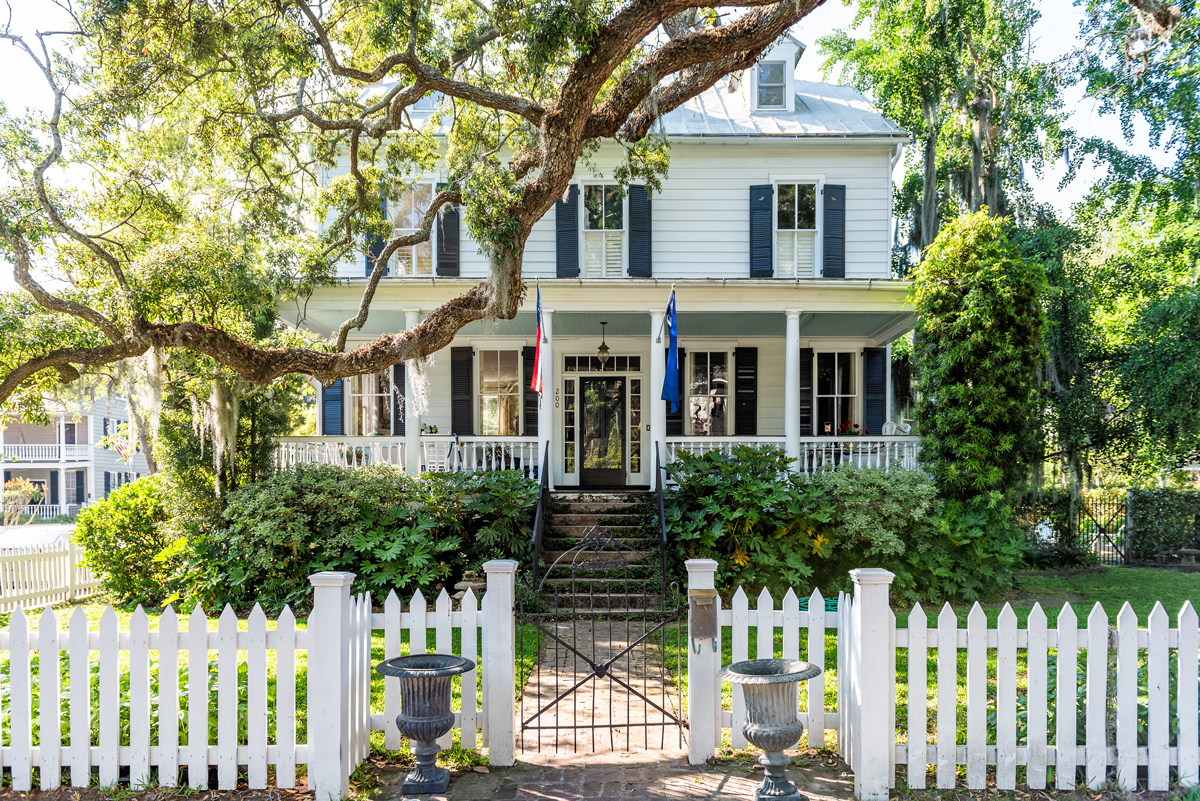
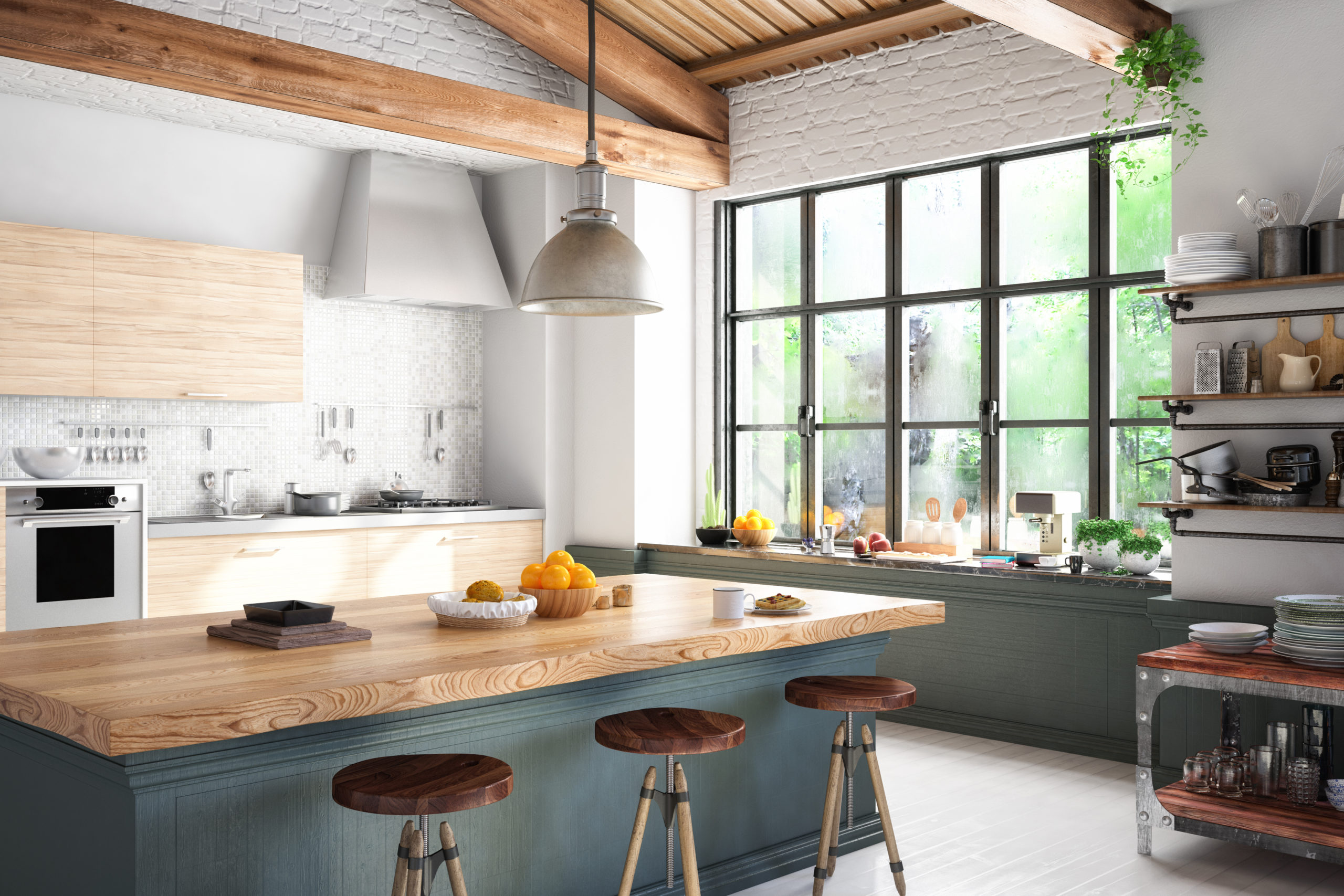

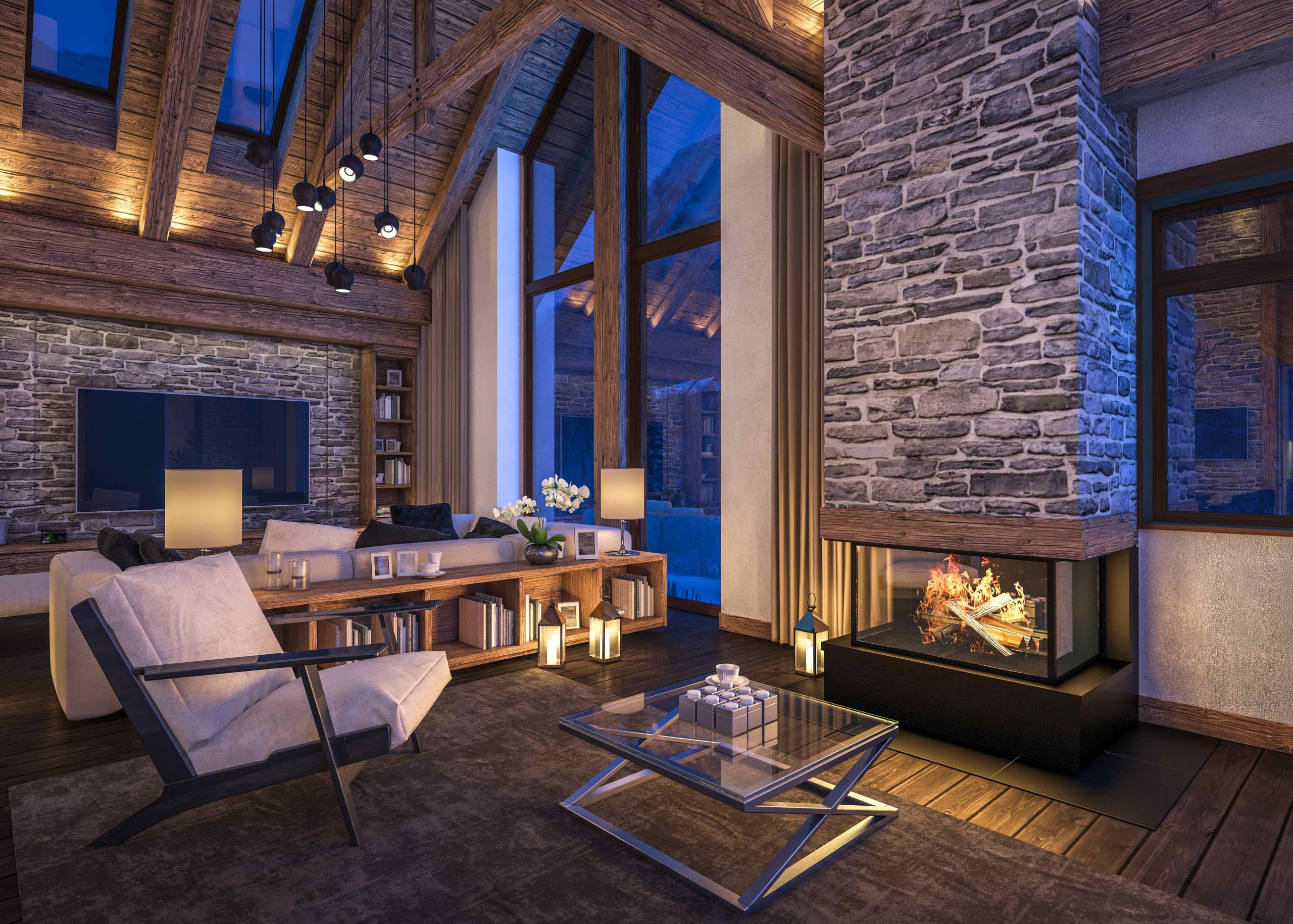





Share this article with your network!